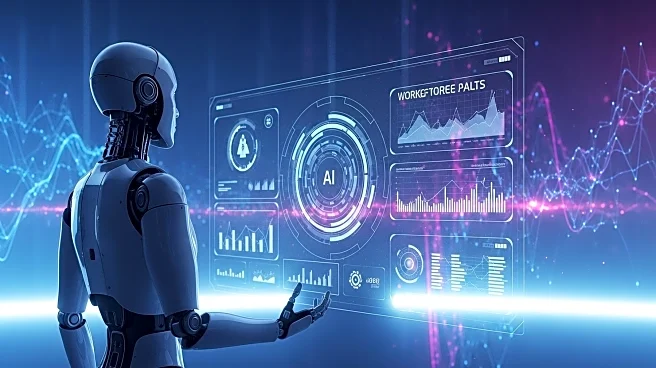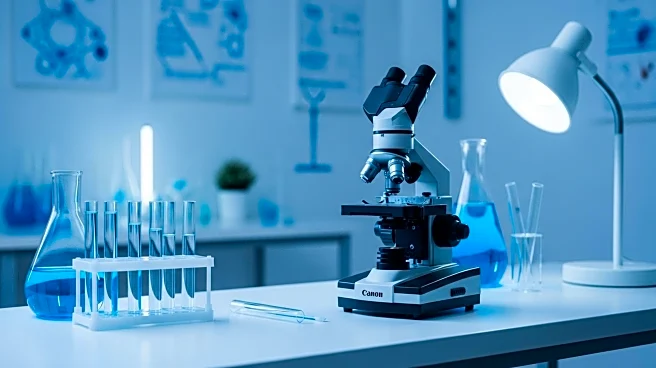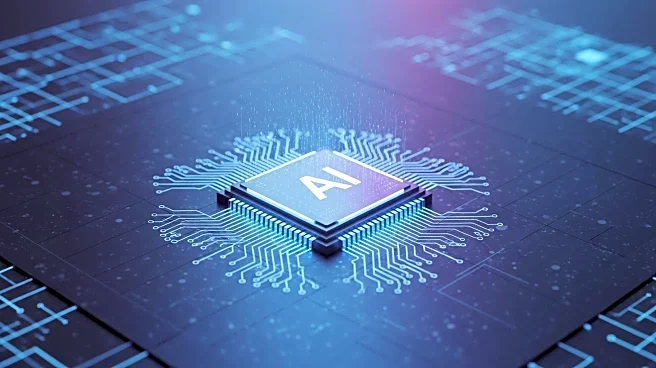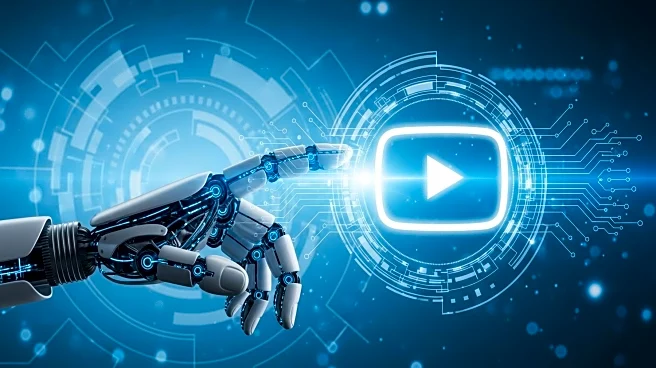What's Happening?
Scientists have utilized artificial intelligence to design new viruses, specifically bacteriophages, which target bacteria rather than humans. This development, led by Stanford doctoral student Sam King and his supervisor Brian Hie, aims to address antibiotic resistance by creating phages that can kill bacteria in infected patients. However, the use of AI in designing viruses has raised concerns about biosecurity, as AI can potentially circumvent existing safety measures designed to prevent the creation of bioweapons. Microsoft researchers have demonstrated that AI can bypass safety protocols, allowing for the ordering of toxic molecules from supply companies. This has prompted the development of software patches to mitigate risks, although these require specialized expertise to implement.
Why It's Important?
The ability of AI to design new viruses poses significant biosecurity risks, as it could lead to the creation of bioweapons or new pathogens that threaten human health. The dual-use nature of AI technology means it can be used for beneficial purposes, such as combating antibiotic resistance, but also for harmful applications. The potential for AI to design life forms or bioweapons highlights the need for robust safety systems and evolving regulations to govern AI-driven biological synthesis. The implications for public health and safety are profound, as the misuse of AI in this context could lead to pandemics or other health crises.
What's Next?
To address these concerns, experts are advocating for the development of multi-layered safety systems and better screening tools. There is a growing push for regulations that balance the risks and benefits of AI-enabled biology. Microsoft is collaborating with government agencies to use AI for detecting malfeasance, such as the manufacture of dangerous toxins. Additionally, there is a need for creative solutions across the field, involving funders, publishers, industry, and academics, to require safety evaluations for AI-designed biological products.
Beyond the Headlines
The ethical and legal dimensions of AI-designed viruses are significant, as they challenge existing biosecurity frameworks and raise questions about the responsible use of technology. The potential for AI to design new life forms or bioweapons necessitates a reevaluation of current safety standards and the development of new policies to mitigate risks. The collaboration between industry and government agencies is crucial in establishing effective biosecurity measures and preventing the misuse of AI in biological research.











